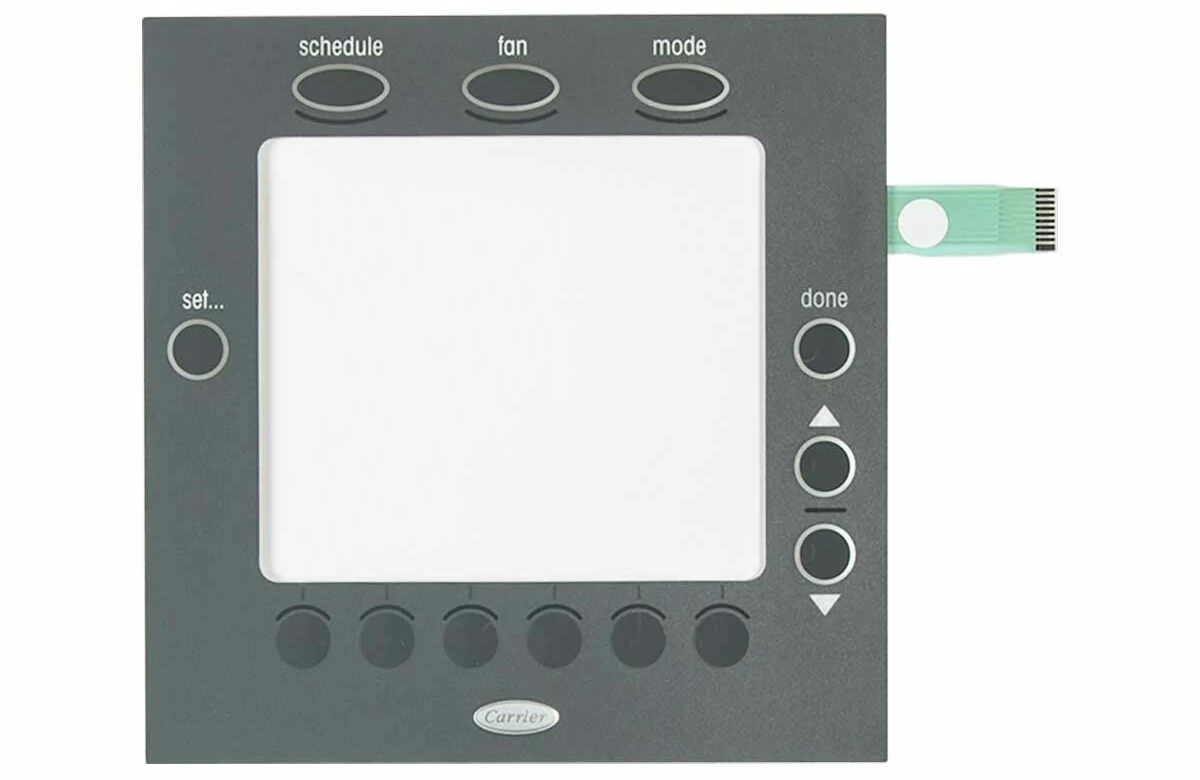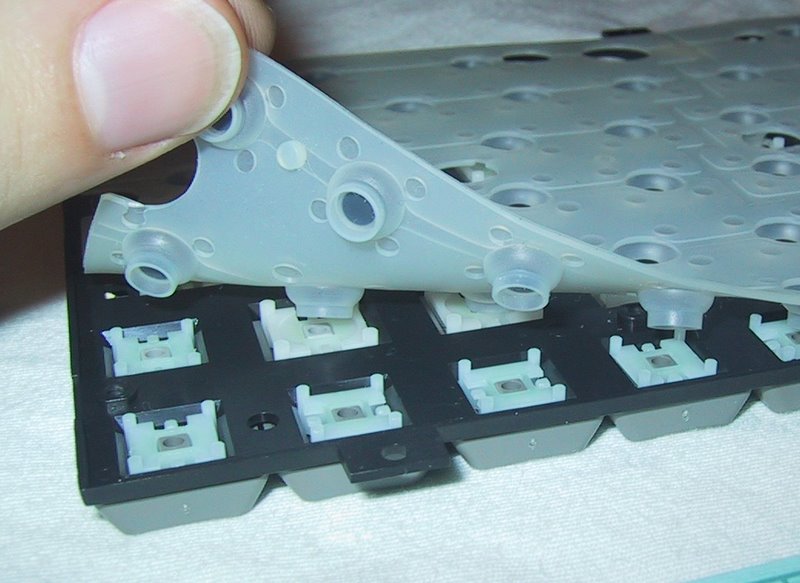Comprehending the Value of Membrane Switches in Customer User Interfaces
Membrane buttons are integral components in the style of effective customer interfaces, assisting in not just capability however likewise improving aesthetic charm and user communication. As we check out the future fads and numerous advantages connected with Membrane technology, it becomes clear that these buttons are more than simply components; they represent a convergence of technology and usefulness.
What Are Membrane Buttons?

The spacer layer, which includes sticky homes, permits the splitting up of the circuit layer from the overlay, guaranteeing that the button continues to be in a non-activated state until pushed. When pressure is put on the overlay, it presses the spacer layer, linking the space and completing the circuit in the underlying layer. This style not just reduces the physical area needed for standard mechanical switches yet likewise enhances the durability of the tool, as Membrane buttons are normally resistant to dirt, wetness, and other environmental variables.
Frequently found in applications varying from consumer electronic devices to medical tools, Membrane buttons are important to modern innovation, offering a user-friendly and effective interface that lines up with contemporary style needs.
Advantages of Membrane Switches
While many switch innovations exist, Membrane Switches offer distinctive advantages that make them specifically desirable in various applications. Among the primary advantages of Membrane switches is their small layout, which enables space-saving applications in tools where real estate is restricted. Their thin account not just enhances aesthetic charm yet also assists in light-weight construction.
One more significant benefit is their resistance to ecological factors. Membrane switches are commonly sealed against wetness, dirt, and impurities, making them ideal for use sought after settings, such as medical devices and industrial devices. This longevity extends the lifespan of the switch, decreasing upkeep expenses and boosting integrity.
Moreover, Membrane switches can be customized to meet particular style demands, integrating special graphics and shades that boost customer communication. Their responsive feedback options can also be tailored to offer a rewarding individual experience. Additionally, Membrane buttons are economical, especially in high-volume applications, as they can be created effectively.
Applications in Various Industries

In the consumer electronics industry, Membrane buttons prevail in tools such as microwaves, washing machines, and remotes. Their tactile responses and aesthetic options improve user experience while giving a smooth, modern-day look. In addition, automobile manufacturers use Membrane buttons in dashboard controls and infomercial systems, where space is restricted, and user interaction is critical.
In addition, the industrial market leverages Membrane switches in control panels for equipment and equipment, enabling instinctive operation in commonly severe atmospheres. Their resistance to chemicals and moisture guarantees long life and reliability in these applications. Generally, the flexibility of Membrane Switches contributes dramatically to their widespread usage, making them crucial in various technical domain names.
Layout Considerations for Membrane Buttons

When designing Membrane switches, a number of crucial factors to consider have to be considered to ensure optimal performance and individual experience. First of all, the option of products is essential; picking sturdy, high-quality substrates can enhance the switch's longevity and resistance to over at this website environmental factors such as moisture and temperature fluctuations.
Second of all, the style of the graphic overlay ought to prioritize quality and convenience of usage. Icons and text have to be understandable, and the design ought to help with intuitive communication (membrane switches). Furthermore, tactile feedback is essential; including a tactile dome or other devices can boost the individual experience by providing physical verification of activation
One more essential factor is the button's electrical efficiency. Developers must make certain that the conductive traces are appropriately developed to minimize resistance and stay clear of signal interference. This entails examining the required actuation pressure and guaranteeing compatibility with the digital elements they will certainly interface with.
Future Trends in Membrane Modern Technology
As technology proceeds to advancement, Membrane buttons are poised to advance dramatically, driven by advancements in materials and making methods. One emerging trend is the unification of advanced products, such as versatile substratums and conductive inks, which boost toughness and lower the total weight of Membrane switches. These products not just improve the responsive response however also permit the design of buttons that can withstand harsher environmental problems.
In addition, the integration of touch-sensitive innovations is changing typical Membrane Switches into more interactive individual interfaces. Capacitive touch sensing units installed within Membrane button panels can provide a more user-friendly and receptive customer experience, straightening with the expanding need for sleek, modern designs in consumer electronics.
Additionally, improvements in printing methods, such as electronic and 3D printing, allow fast prototyping and personalization of Membrane switches. This versatility enables makers to respond quicker to market demands and consumer preferences.
Lastly, sustainability is becoming a significant emphasis, with suppliers discovering eco-friendly products and procedures. As these patterns unfold, the future of Membrane technology assures boosted performance, aesthetic appeal, and ecological duty, strengthening their function in advanced customer interfaces throughout different industries.
Conclusion
In final thought, Membrane Switches stand for a vital element in the design of individual interfaces, incorporating functionality with visual flexibility. As improvements in technology continue, the advancement of Membrane switches is anticipated to more refine individual interfaces, driving innovation and enhancing use in an increasingly complicated technical landscape.
Membrane switches are essential parts in the design of effective individual interfaces, promoting not only performance however additionally enhancing aesthetic charm and individual communication.Membrane Switches serve as an important element in numerous customer interfaces, facilitating a seamless interaction between individuals and digital tools.While numerous switch technologies exist, Membrane Switches offer unique advantages that make them especially preferable in various applications.Additionally, Membrane buttons can be tailored to fulfill specific design requirements, incorporating distinct graphics and colors that enhance user interaction.In conclusion, Membrane Switches stand for an essential part in the layout of customer interfaces, incorporating performance with visual versatility.